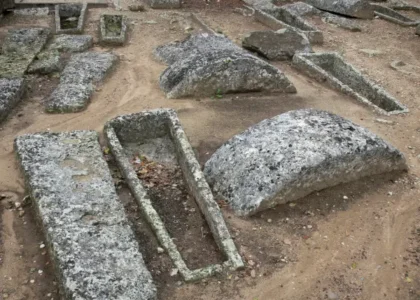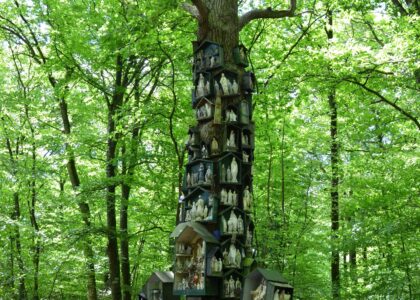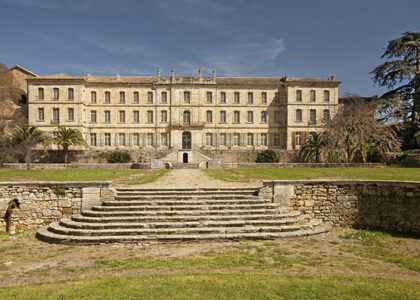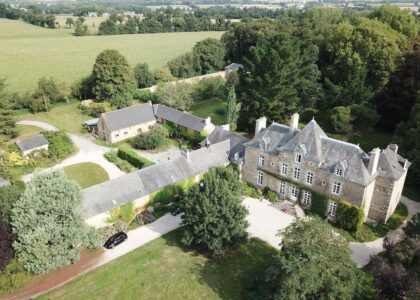Welcome to the historic site of Mission Santa Cruz de San Sabá, a place that tells a compelling story of cultural encounters, ambition, and conflict. Established in April 1757, this mission was part of Spain’s extensive efforts to expand its influence and convert local Native American populations to Christianity. Situated along the San Saba River in what is now Menard County, Texas, the mission was accompanied by the Presidio San Luis de las Amarillas, later known as Presidio of San Sabá.
The mission’s primary aim was to convert the Lipan Apache tribe. However, despite these intentions, no Apache ever took residence at the mission. This setup inadvertently caused tension with the Comanche tribe, who perceived the mission as an alliance between their enemies, the Lipan Apache, and the Spanish.
In 1758, a coalition of approximately 2,000 warriors from the Comanche, Tonkawa, Yojuane, Bidai, and Hasinai tribes attacked and destroyed the mission. This event marked a significant moment in Texas history as it was the only mission in the region to be completely destroyed by Native Americans. Interestingly, the nearby presidio was left unscathed.
In response to this devastating attack, the Spanish government authorized a punitive expedition in 1759, led by Colonel Diego Ortiz Parrilla. The expedition, consisting of over 500 soldiers and Apache allies, ventured into Comanche territory. They encountered a heavily fortified Wichita village along the Red River, but the Spanish forces were ambushed and suffered a defeat, losing two cannons in the process.
Despite its short-lived existence, the mission left a lasting impression. In 1765, a painting was commissioned to commemorate its destruction, marking it as the first historical event depicted in Spanish Texas art.
Today, the site is marked by a historical marker, and archaeological excavations in the 1990s have helped uncover more about its past. The story of Mission Santa Cruz de San Sabá is a testament to the complex and often turbulent interactions between European colonizers and Native American tribes during this era.





